
B-17 Flying Fortress is a deep World War II bomber simulation from MicroProse that puts you in command of an entire crew, not just the pilot’s seat. The game blends tactical planning with hands-on flying, letting you juggle navigation, gunnery, engines, and damage control on daring raids. Fans of Secret Weapons of the Luftwaffe or Chuck Yeager’s Air Combat will appreciate the authenticity and challenge. Whether you play casually or practice advanced strategies, this classic invites you to master the skies in a timeless, richly detailed experience. You can play the game online and relive the bomber’s full mission cycle with responsive controls and rewarding depth.
B-17 Flying Fortress is a landmark World War II simulation published by MicroProse that captures the tension, teamwork, and technical nuance of strategic daytime bombing. Rather than centering the experience solely on the pilot, the game invites you to manage an entire crew—pilot, co-pilot, navigator, bombardier, radio operator, engineer, and multiple gunners—each of whom matters across the long, perilous journey to the target and back. The result is a layered experience that mixes study-sim depth with an accessible mission flow, turning every sortie into a tightly wound story about preparation, execution, adaptation, and survival.
What makes this game so compelling is its perspective. You feel the heft of a heavy bomber rather than the snap of a nimble fighter, and success depends on coordination as much as stick-and-rudder skill. Engines must be coaxed, formation position must be defended, and timing on the bomb run must be precise. When a system fails or a turret jams at the worst moment, the challenge shifts from chasing perfection to protecting people and bringing the aircraft home.
The B-17 behaves like a living machine with interlocking parts and personalities. Crew fatigue influences aim and reaction times, the bombardier’s composure affects release accuracy, and the navigator’s clarity becomes critical when weather obscures the route. Damage behaves logically and locally; a punctured fuel tank, seized supercharger, or damaged control surface changes how you fly and which jobs demand attention. Because the model emphasizes consequence, you constantly prioritize: is it worth leaving formation to extinguish an engine fire, or do you ride it out and risk losing altitude under flak?
Mission flow reflects the real rhythm of bomber operations. Takeoff, form-up, and climb set the tone. The long cruise invites vigilance rather than boredom as you watch gauges, shift crew positions, and listen for radio cues. The initial point to target becomes a test of discipline, with the bombardier taking command on the run and the rest of the crew defending the formation. The return leg is never an epilogue; weather can thicken, fighters can pounce, and minor problems can snowball into gear issues or fuel worries right before landing.
The formation is the game’s heartbeat. Staying in your assigned slot concentrates defensive fire and improves survival odds, yet it limits freedom to maneuver. You constantly weigh order against improvisation, especially when flak corridors force altitude changes or evasive turns. Tactical gunnery matters: keeping arcs of fire overlapping, anticipating head-on attacks, and positioning top and tail gunners for climbing and diving threats can decide whether you arrive over the target with an intact aircraft or a punctured one.
Enemy fighters don’t simply pepper the screen; they attack in waves and angles that probe weaknesses. Head-on passes challenge pilot nerves, high-six dives stress the tail, and lateral slashes test coordination between waist and top turrets. The more you internalize patterns—when to short-burst to avoid overheating, when to hold fire for closer, steadier shots—the more you feel the formation “wake up” as a defensive organism.
Even with classic-era visuals, the presentation delivers clarity and mood. The low thrum of radial engines, the staccato of Browning machine guns, and the sudden quiet when a system fails all communicate state without clutter. Views are purposeful, not ornamental: cockpit instruments are readable at a glance, the bombsight view ratchets up tension, and gunner stations frame the fight with just enough context to support snap decisions. Weather layers the experience with meaningful uncertainty, from thin haze on ascent to thickening cloud decks near the coast, and it does so without cheap tricks.
You can play B-17 Flying Fortress online in a modern browser without installing anything. The experience is free to start, runs directly in-browser, and works smoothly on mobile devices without restrictions. That accessibility complements the game’s layered design. A short session can be a quick hop or practice pattern; a longer evening can carry you from briefing and form-up to bomb run and landing. Being able to play online keeps the focus on flying, decision-making, and the thrill of bringing your crew home in one piece.
The learning curve feels like a steady climb rather than a wall. Early flights teach formation discipline and the basics of the bomb run. As you gain confidence, you pre-position gunners by instinct, manage prop pitch and throttle to keep engines healthy, and trim for altitude bands that reduce fuel burn while maintaining speed. You learn to listen: a change in engine note hints at trouble, a radio call suggests a formation shift, and the navigator’s corrections shape your mental map. That progression keeps the game engaging for new pilots while rewarding veterans who enjoy mastering systems.
Strategy lives in the choices you make before and during the mission. Loadouts, fuel margins, and altitude profiles alter survivability and accuracy. An aggressive ingress can shave minutes at the risk of heavier interceptions; a conservative route can preserve the airframe but complicate timing. Weather equals another adversary, masking threats or forcing detours that disrupt the formation. Morale and fatigue quietly influence performance, making a rested crew feel like a subtle upgrade. Success comes from respecting small details: short, controlled gunnery bursts to manage heat, timely engine checks to catch problems early, and calm bombsight work to avoid rushed, wasteful releases.
If you admire the squadron-scale breadth of Secret Weapons of the Luftwaffe or the precise dogfighting of Chuck Yeager’s Air Combat, B-17 Flying Fortress offers a complementary experience. Instead of celebrating the lone ace, it celebrates coordination, endurance, and the responsibility of command. The drama isn’t just in the explosions; it’s in the decision to keep a limping engine at reduced power, in the relief of clearing hostile coastline with fuel to spare, and in the quiet satisfaction of taxiing to a stop with a rattled but intact crew.
The game endures because it humanizes simulation. It transforms gauges and gun emplacements into a narrative about people working together under pressure. Each successful landing feels earned, each mistake becomes a lesson, and each mission ends with a sense of closure that encourages just one more try. That timeless blend of authenticity and empathy is why new players still discover the game and veterans continue to return to it.
B-17 Flying Fortress remains a classic by marrying credible systems to readable design. Flights feel consequential, and the feedback loop between preparation, improvisation, and outcomes keeps every sortie fresh. Controls follow familiar flight-sim logic with pitch, roll, yaw, throttle, and trim, plus station switching for crew roles, a bombsight view for the run, and straightforward commands for gear, flaps, and bomb bay doors. Learn those fundamentals and you can concentrate on the decisions that matter most: keeping formation, timing the attack, and shepherding your crew home.
All used codes are publicly available and the game belongs to its original authors.
Share game
Share game
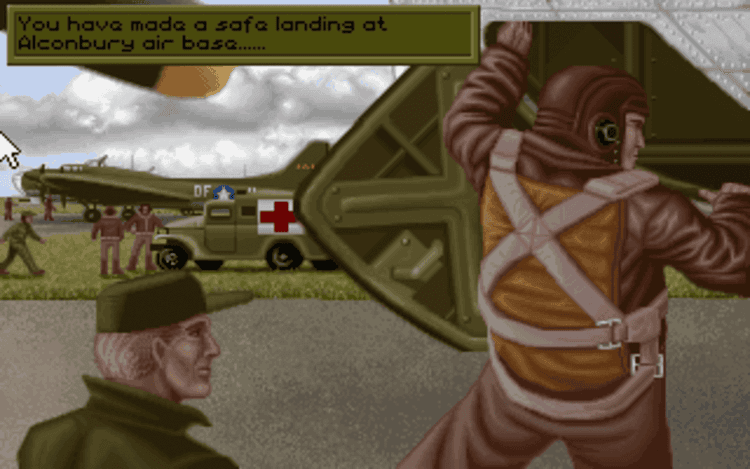
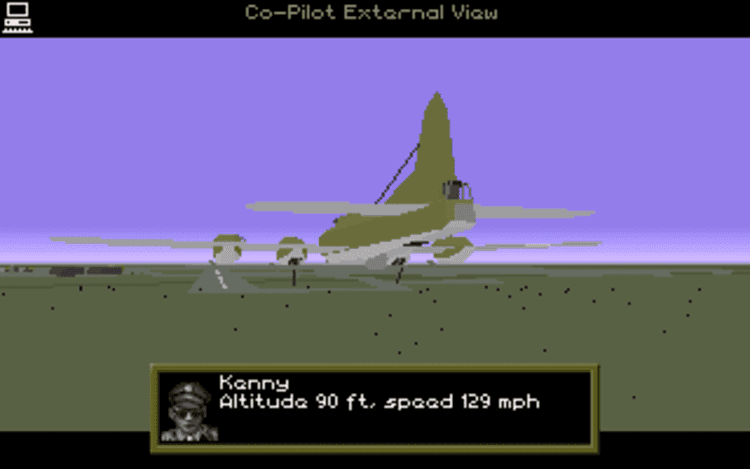
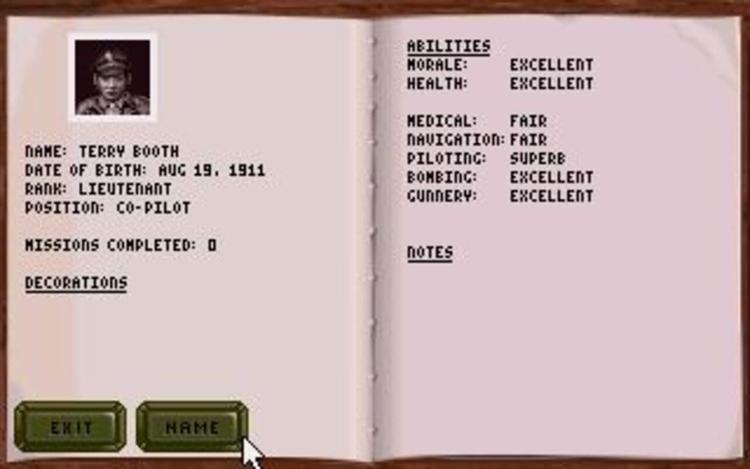
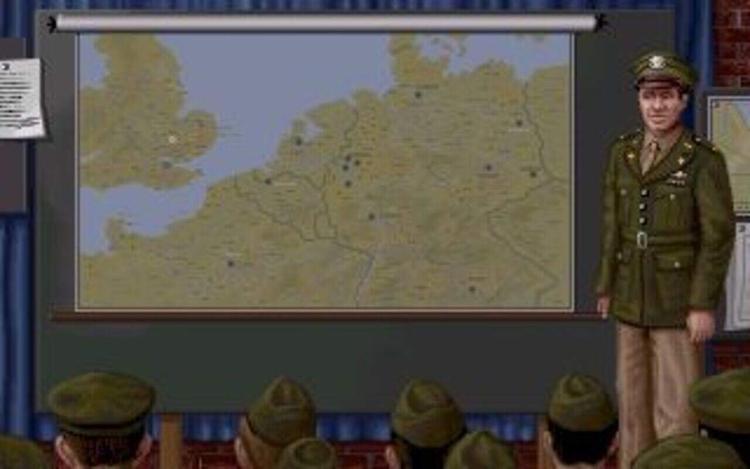
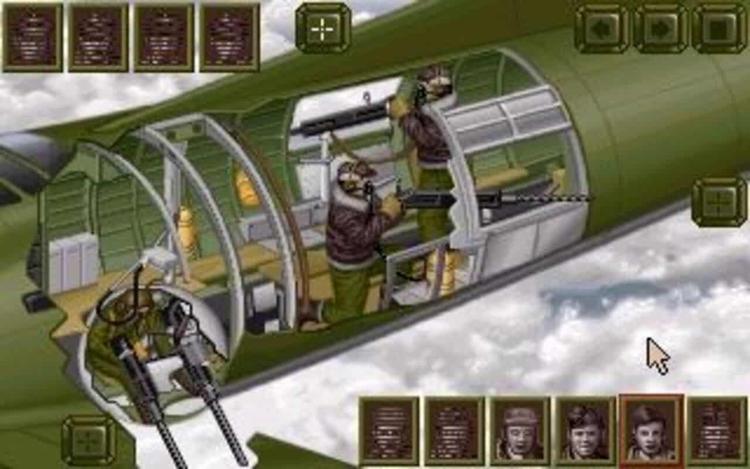
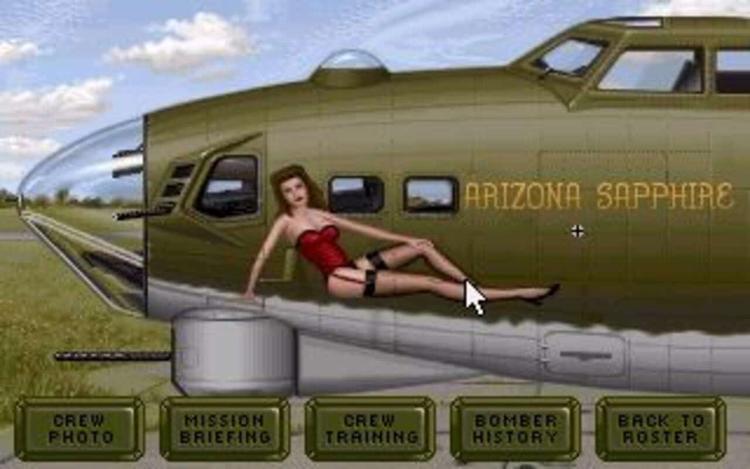
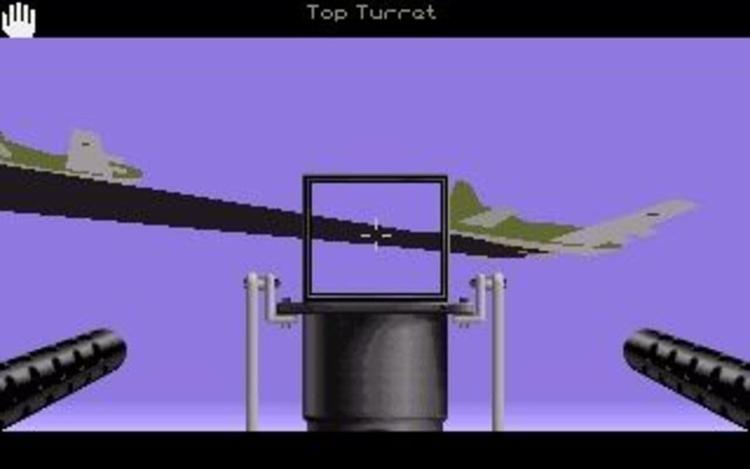
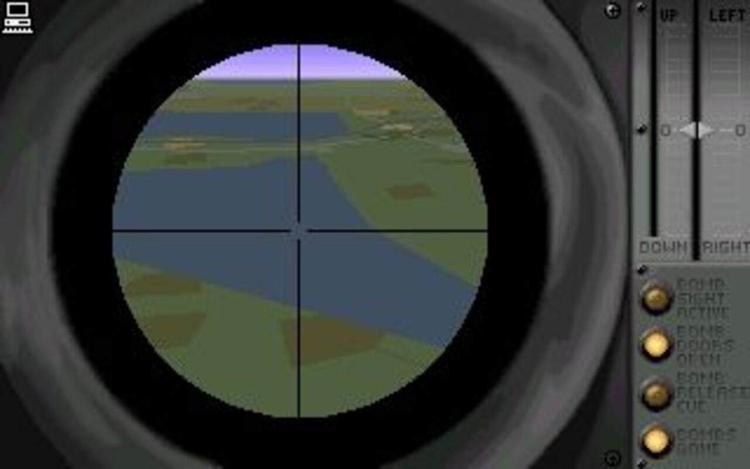
Share game